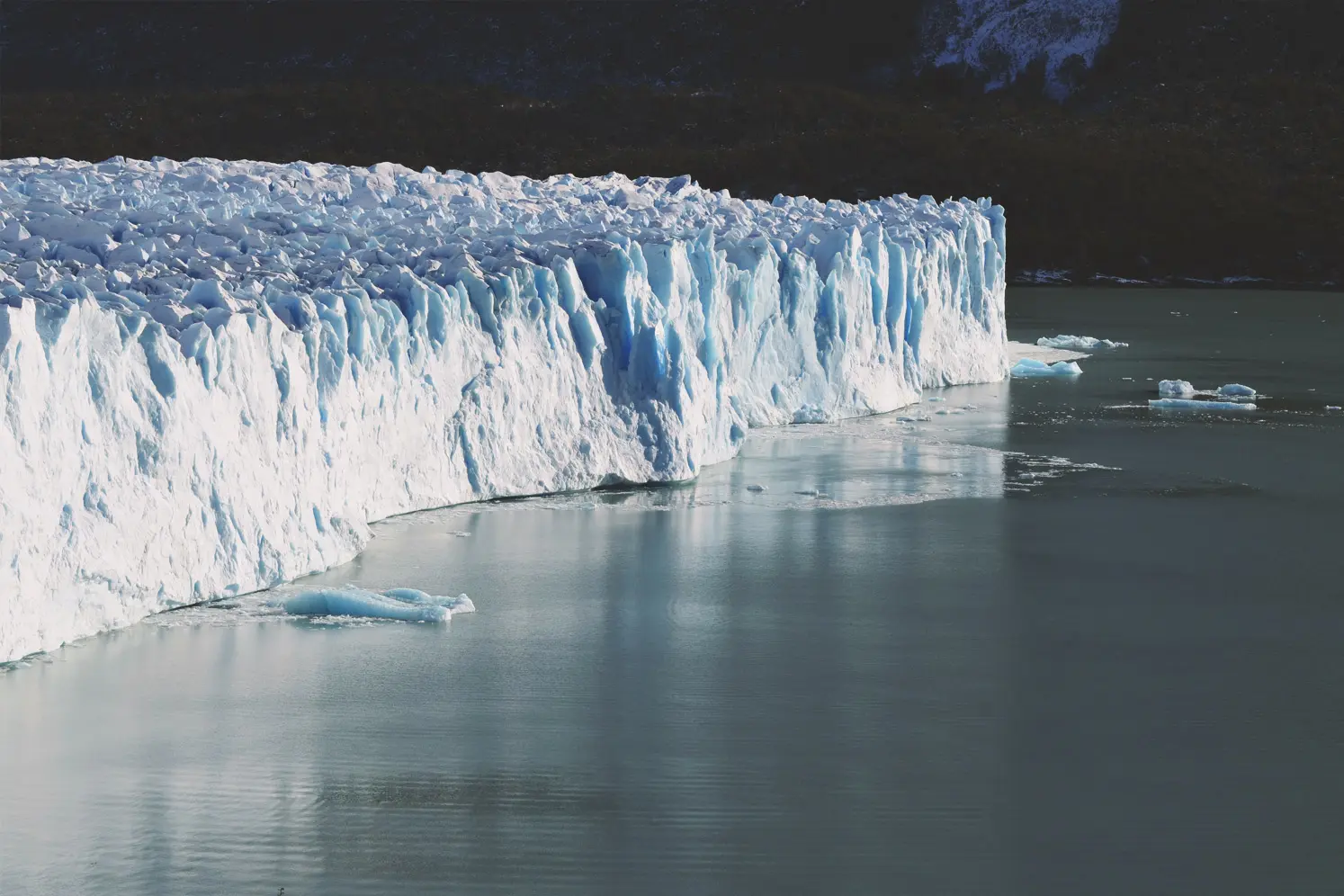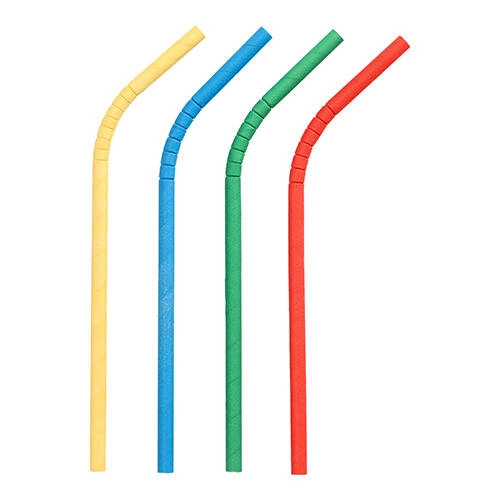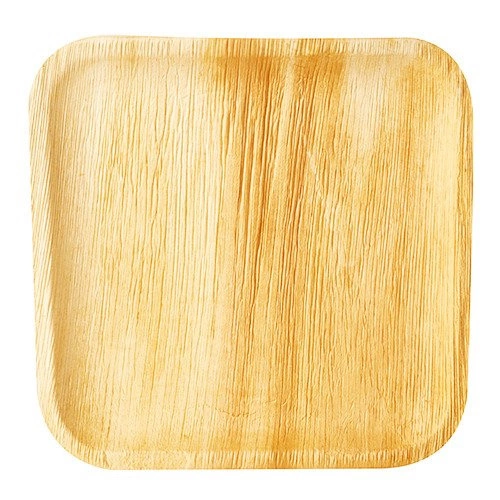Melting glaciers: causes, effects, and actions to prevent shrinking ice caps

Glaciers, majestic testaments to the natural beauty and power of our planet, are melting at an alarming rate. This is not just a natural phenomenon - the consequences of this process reach far beyond the Arctic or Himalayan landscape. Global warming, caused by human activity, presents us with a huge challenge. Can we reverse this trend? And if not, what steps can we take to at least minimize the effects of melting glaciers? In this article, we'll look at the causes of this phenomenon, its impact on life on Earth, and steps that can help save what's left.
Melting glaciers - what does it actually mean? We already explain
Glacial melting is the process by which ice, once a permanent cover on land and water, begins to melt under the influence of rising air and water temperatures. Glaciers are formed over thousands of years, accumulating layers of snow that transform into massive ice under pressure. Their role in regulating the global climate is invaluable - they reflect the sun's radiation, stabilize temperatures and store huge amounts of fresh water.
When glaciers, those huge blocks of ice that we can confidently call "the earth's refrigerator," begin to melt, the entire delicate ecological balance is upset. It is worth noting that melting is a natural process, but modern climate change, driven by human activity, has greatly accelerated its pace. As a result, glaciers are disappearing within decades, not millennia, and this leads to a number of negative consequences. Which ones? Read on and you'll learn all about them.
It's worth remembering that the problem occurs not only at the North and South Poles. Scientists are observing the melting of glaciers in the Alps, Himalayas and other mountain ranges.

Instead of using plastic, let's choose ecological solutions, such as 100 plates of bran with a diameter of 24 cm
What are and can be the effects of melting glaciers?
The effects of melting glaciers are complex and include both local and global changes. One of the most important effects is rising sea and ocean levels. Melting glaciers, such as those in Greenland and Antarctica, introduce huge amounts of water into the oceans, thus leading to coastal flooding and the consequent displacement of millions of people. At the same time, ocean currents are changing, destabilizing weather conditions around the world. Extreme phenomena, including hurricanes or droughts, are becoming more frequent and intense, and their prime cause is the melting of Antarctica, among other things.
Melting glaciers are also a disaster for ecosystems. Arctic animals, including polar bears and walruses, are losing their natural habitats, and this threatens the extinction of many species. In addition, glaciers store a significant amount of carbon dioxide, which is released into the atmosphere when they melt, further accelerating climate change. We can also expect disruptions in freshwater supplies, especially in regions that depend on water from melting glaciers, such as South Asia and South America. In this context, it is no longer worth considering whether the glaciers are melting, but... what effects this may have. Also for us, for Central and Eastern Europe.

Poland after the glaciers melt, or what would happen to us
Although Poland is a country without access to the polar regions, the effects of melting glaciers could affect us noticeably. First, rising sea levels could affect coastal regions, such as the Tri-City, where there is a risk of flooding farmland and human settlements. Along with this phenomenon, the salinity of groundwater would also increase, and this would make agriculture and drinking water supplies much more difficult.
Climate change caused by the melting of the Antarctic glacier is also beginning to affect the weather in Poland. In the future, if the process continues, we can expect an increasingly unstable climate with longer periods of drought, violent storms and floods. All this would negatively affect the economy - from agriculture to industry to infrastructure.
And that's not all. Global population migrations resulting from coastal flooding in other parts of the world could lead to humanitarian crises that would also affect Central Europe. Poland would face new economic and social challenges, making the topic of glaciers relevant in an even broader context as well.
The most important causes of melting glaciers. What is worth knowing about them?
Why are glaciers melting? This is the result of many factors, but the main culprit in this process is human-induced global warming. Emissions of greenhouse gases, such as carbon dioxide and methane, trap heat in the atmosphere, leading to an increase in Earth's temperature. The sources of these emissions are mainly the burning of fossil fuels in industry, transportation and power generation.
Another major factor is air pollution from soot and dust. These particles settle on the surface of glaciers, reducing their ability to reflect the sun's rays, and this causes the cover to melt faster. In addition, the clearing of forests, which absorb carbon dioxide, and the expansion of agricultural activities contribute to exacerbating the problem. It is also worth mentioning natural climate cycles that can affect the rate of melting, although their importance in the current changes is minor compared to human activities.

A stylish and practical way to go green in everyday life: a set of 6palm leaf plates, measuring 25.5 x 25.5 x 1.5 cm
How to prevent glaciers from melting?
Preventing the melting of glaciers in Greenland, Antarctica and elsewhere requires a global commitment and sweeping changes in our approach to environmental protection. It's not just widespread changes in legislation, but also small gestures, such as swapping disposable plastic utensils for cornmeal cups.
- A key action is to reduce greenhouse gas emissions by switching to renewable energy sources such as solar, wind and hydroelectric power.
- Choosing public transportation, abandoning single-use plastic products and promoting a closed-loop economy are other steps each of us can take. It is enough, for example, to replace single-use plastic plates with biodegradable ones, and instead of plastic straws, which litter the environment, choose paper straws, which decompose up to 200 years faster.
- It is also important to invest in technologies that absorb carbon dioxide from the atmosphere and to protect forests, which act as the "green lungs" of our planet.
- Authorities and international institutions, meanwhile, should focus on creating climate policies that promote sustainable development.
- Public education, sensitization to the issue of climate change and involvement in local and global action are the keys to success.
Every step, even the smallest, brings us closer to the goal of protecting glaciers and our planet for future generations. As an environmental wholesaler, we feel honored to support our customers every day in choosing solutions that positively impact the environment, including - in the long term - the functioning of glaciers.
We have discussed the causes and effects of melting glaciers in Antarctica and beyond. Based on this, you already know that this is not just a problem of distant regions, but a global challenge that affects each of us, including in Poland. The actions we take today (even if it's switching from plastic spoons to wooden cutlery) will have a direct impact on the future of our planet. Choose green solutions, reduce greenhouse gas emissions and engage in climate action, and you will help slow down the pace of these changes. Every gesture matters in this context! The future of the glaciers (and by extension, ourselves) is in our hands. Are you ready to take on this challenge?
See other posts:
How to wrap a gift nicely in paper? Step-by-step instructions and our wrapping suggestions!
Ideas for Christmas at school - ecological products in starring roles. What is worth choosing?
Natural gifts - inspiration and ideas for eco-friendly holidays without plastic
Ecological materials in everyday life: how to choose eco products for children and adults?
